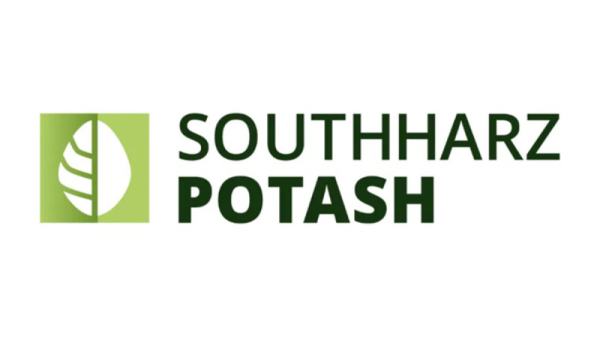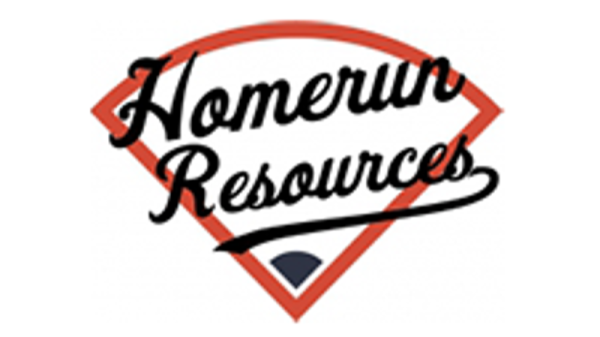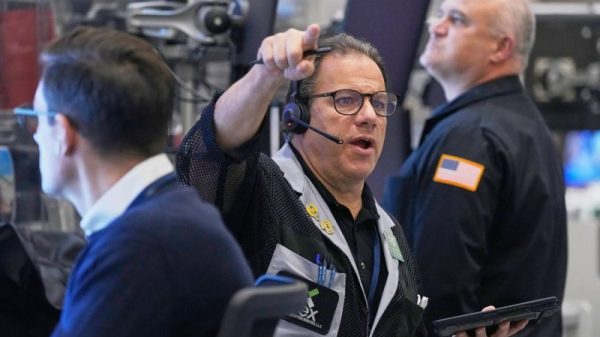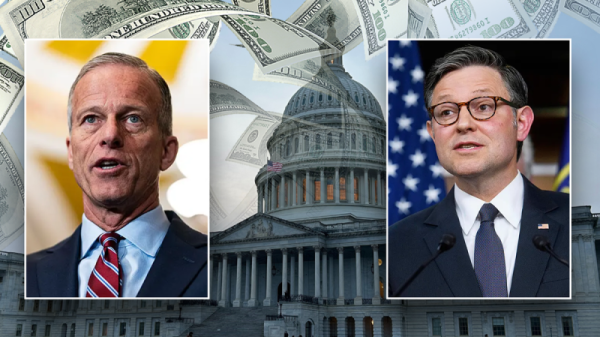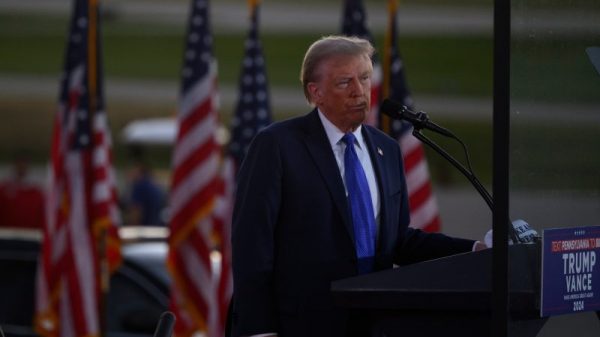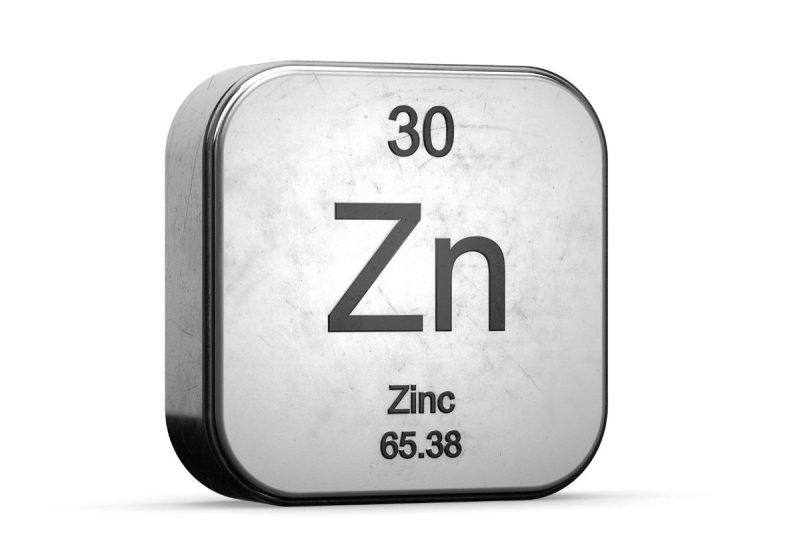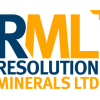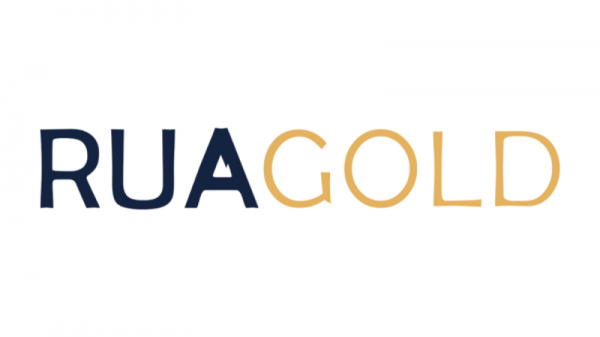Zinc was among the best-performing base metals in 2024.
It experienced a 13 percent gain, rising from US$2,621 per metric ton (MT) to US$2,979 by the end of the year.
Like copper, zinc faced concentrate shortages in 2024. This situation has led to curtailments at Chinese refiners, which have been forced to compete for limited raw material. Large purchases from exchange warehouses have exacerbated the situation, reducing the amount of refined zinc available to the broader market.
What other factors impacted the zinc market last year? Read on to find out.
How did zinc prices perform in 2024?
In the first half of 2024, the zinc market reacted to fallout from Q4 2023 production cuts.
An oversupply situation that drove prices down at the end of 2023 forced operators to curtail output, as high costs made production unsustainable. However, these cuts had little effect, and by the end of the first quarter, aboveground supplies at London Metal Exchange (LME) warehouses had surged to over 270,000 MT.
That supply/demand backdrop provided opportunities for some companies — in early April, Canada’s Teck Resources (TSX:TECK.A,TECK.B,NYSE:TECK) was able to strike a deal with Korea Zinc (KRX:010130) that will see Teck pay US$165 per MT for treatment charges — that’s the lowest amount since 2021 and a 40 percent discount over 2023.
In Q2, a price run failed to maintain momentum, as the market lacked the fundamentals to sustain its rise.
Higher zinc prices came alongside speculation of a US Federal Reserve interest rate cut and renewed hope that rule changes for the Chinese housing markets would boost zinc’s fortunes.
However, by the end of Q2, the Chinese housing market had failed to improve — in fact, the slowdown in the sector had accelerated, with the value of new home sales in July slipping 19.7 percent from the same period one year earlier.
A Fed rate cut also didn’t materialize, with the expectation of when it would happen pushed back to July and then September, when the central bank ultimately made a jumbo-sized 50 basis point cut.
Zinc price, H2 2024.
Chart via Trading Economics.
As H2 began, the price of zinc was US$2,928.50, slightly off its first-half high of US$3,139.50 set on May 21. The metal continued to decline as July wore, falling to its H2 low of US$2,581.50 on August 7.
The next two months saw zinc experience significant volatility. It reached a peak of US$2,943 on August 27, slipped back to US$2,712 on September 10 and then rebounded to a yearly high of US$3,198 on October 2.
Zinc remained rangebound above US$3,000 for much of Q4. It fell below that mark on November 8, but by November 25 it was once again trading above that level. Zinc ended the year at US$2,978.50 on December 31.
What factors impacted the zinc market in 2024?
The most significant contributor to zinc’s price rise in H2 was the lack of concentrate available to Chinese refiners, which are responsible for more than half the global supply of refined zinc. This resulted in increased competition, with some smelting operations reducing their treatment charges to under US$0 per MT.
Ultimately, 14 processors agreed to curtailments that would reduce their 2024 ore demand by nearly 1 million MT.
Despite the cuts, Reuters columnist Andy Home wrote at the end of August that the global refined zinc market was in surplus by 228,000 MT during H1, with much of that material finding its way to LME warehouses.
Also important in H2 were several large purchases of refined zinc from LME warehouses. Gains were fueled after 106,775 MT were removed from the LME network, leaving just 154,125 MT available, the lowest since November 2023.
At least some of the metal seemed destined for Trafigura, a leading trader and refiner of the metal, but the company declined to comment on the purchase. The move is reminiscent of Citi’s (NYSE:C) zinc purchases from LME stockpiles during the second half of 2023 — the firm requested delivery of 40,000 MT of zinc at the time.
For now, the market remains weak on the demand side. More than half of refined zinc is used in the production of galvanized steel destined for the construction sector, which has been weak in China and Europe.
A raft of new stimulus measures in China have yet to affect the broader economy, and the country’s real estate sector is still reeling from the collapse of top construction firms.
Meanwhile, in Europe, the construction sector has been affected by the dual impact of high inflation and high interest rates. With the post-pandemic outlook coming into better balance, the industry is expected to rebound in 2025.
Securities Disclosure: I, Dean Belder, hold no direct investment interest in any company mentioned in this article.



